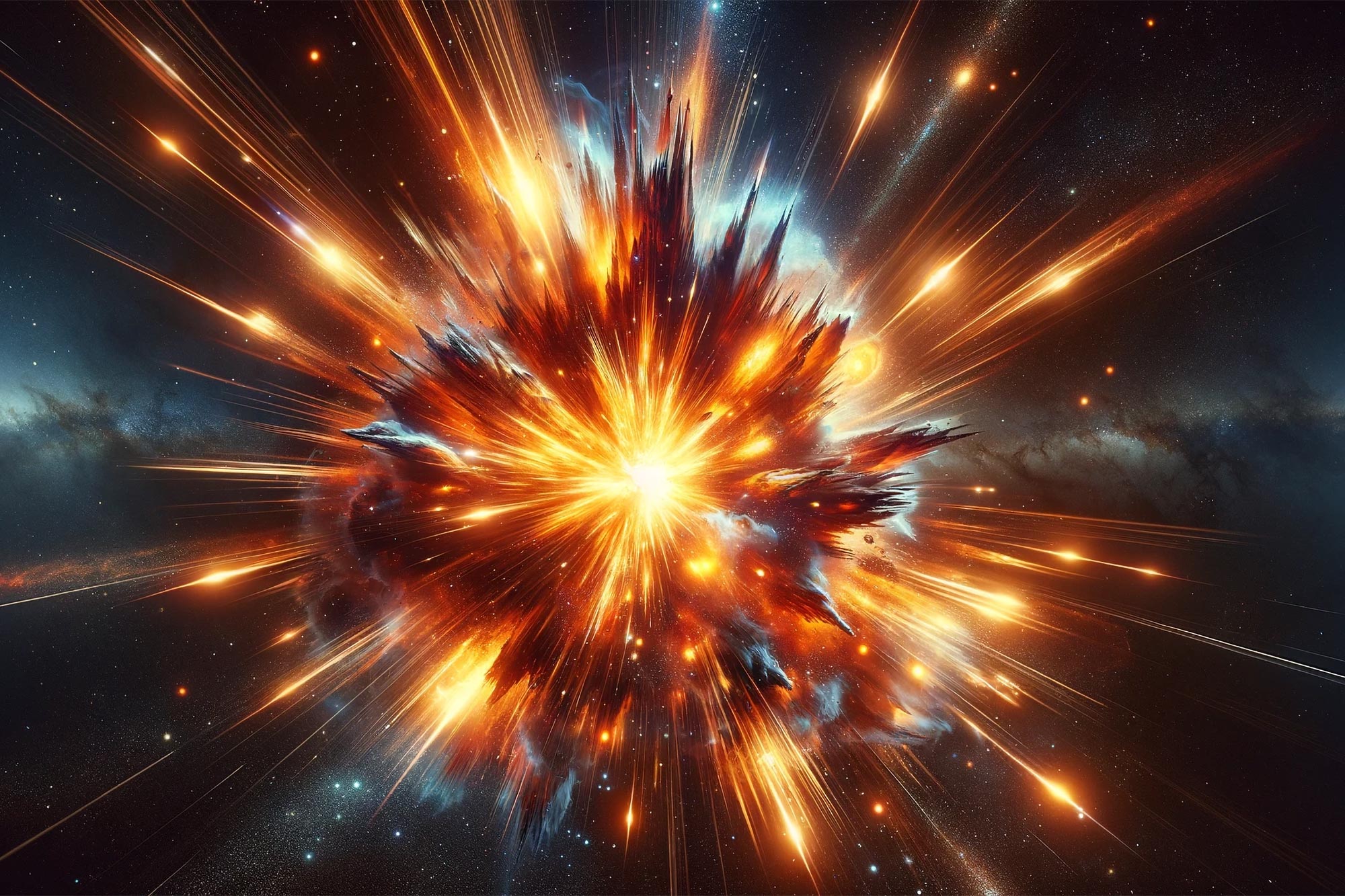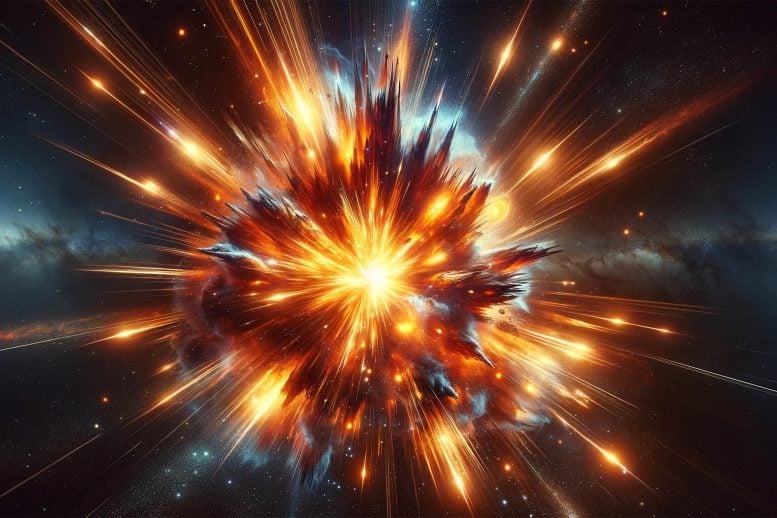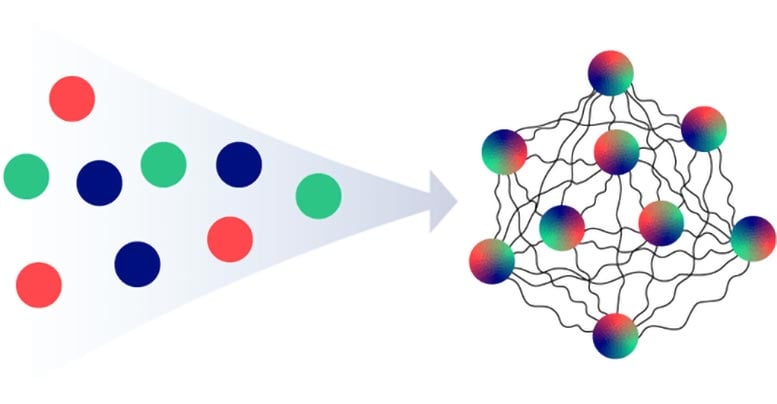

Researchers exploring neutrinos in dense environments like supernovae and neutron star mergers discovered that these “ghost particles” can become entangled, sharing quantum states and evolving chaotically.
This new understanding of neutrino behavior, confirmed by numerical simulations, suggests a significant impact on the dynamics of supernovae and the synthesis of elements, potentially illuminating the mysterious mechanics of these cosmic explosions.
Because they interact so weakly with ordinary matter, neutrinos are known as the “ghost particles” in the Standard Model of Particle Physics. An interesting property of neutrinos is that they can change their identities or “flavors” when they interact. Researchers recently found that the neutrinos in a very dense environment can develop strong correlations (in other words, quantum entanglement) through mutual interactions. This can occur in core-collapse supernovae or neutron star mergers. Over time, neutrinos with different initial flavors reach a similar equilibrium flavor and energy distribution.

Neutrinos in Supernovae
A core-collapse supernova such as the one scientists observed in the Large Magellanic Cloud in 1987 is the death cry of a massive star. These supernovae are cosmic factories that create elements such as sodium and aluminum. Scientists estimate that 99% of the energy released in a supernova is carried away by neutrinos. The electron-flavor neutrino and its anti-particle are especially important in the transfer of energy and synthesis of elements in a supernova. Knowing the energy of flavor states of these neutrinos helps scientists understand how a core-collapse supernova explodes and what elements it creates.
Quantum Complexity in Neutrinos
Researchers have known for a couple of decades that the flavor evolution of the neutrinos inside a core-collapse supernova is a complicated quantum mechanical process. Most of the existing literature on this process is based on the lowest order approximation of the quantum version of the neutrino transport equation. However, this approach ignores the many-body entanglement of the flavor quantum states of the neutrinos.
Unveiling Quantum Chaos and Implications
Recently, scientists have examined the quantum correlations that arise by retaining the entanglement neglected in earlier studies of this problem. They found that the interaction between neutrinos is well approximated using the results from random matrix theory. This finding also implies that the neutrinos’ quantum states will evolve chaotically as they interact with each other. This result was subsequently confirmed by detailed numerical simulations that demonstrate the emergence of this chaotic behavior.
The numerical results also show that, after interacting for a sufficiently long time, each individual neutrino yields a similar mixed momentum-flavor state. The new result can be integrated with numerical simulations of core-collapse supernovae. This may shed new light on the explosion mechanism and nucleosynthesis in these powerful cosmic events.
Reference: “Equilibration of quantum many-body fast neutrino flavor oscillations” by Joshua D. Martin, Duff Neill, A. Roggero, Huaiyu Duan and J. Carlson, 7 December 2023, Physical Review D.
DOI: 10.1103/PhysRevD.108.123010
This research was supported by the Department of Energy (DOE) Office of Science, Nuclear Physics program and Quantum Science Center, a DOE National Quantum Information Science Research Center.